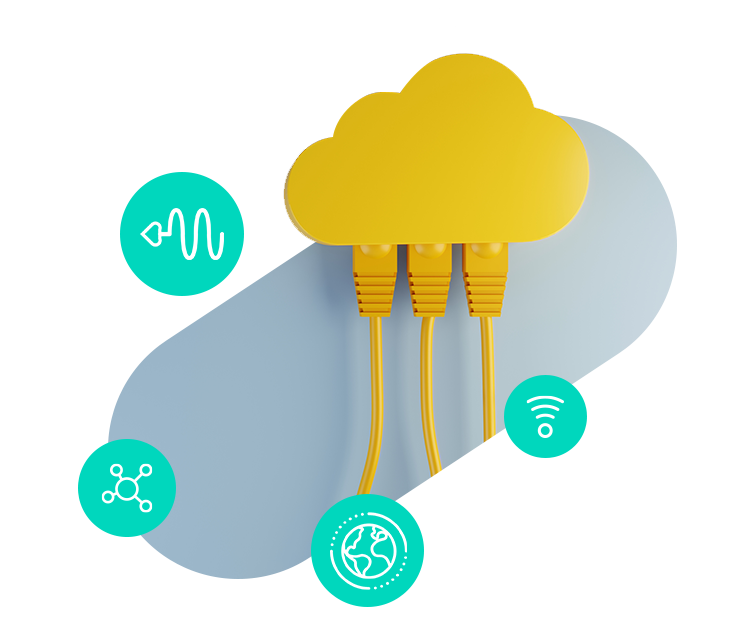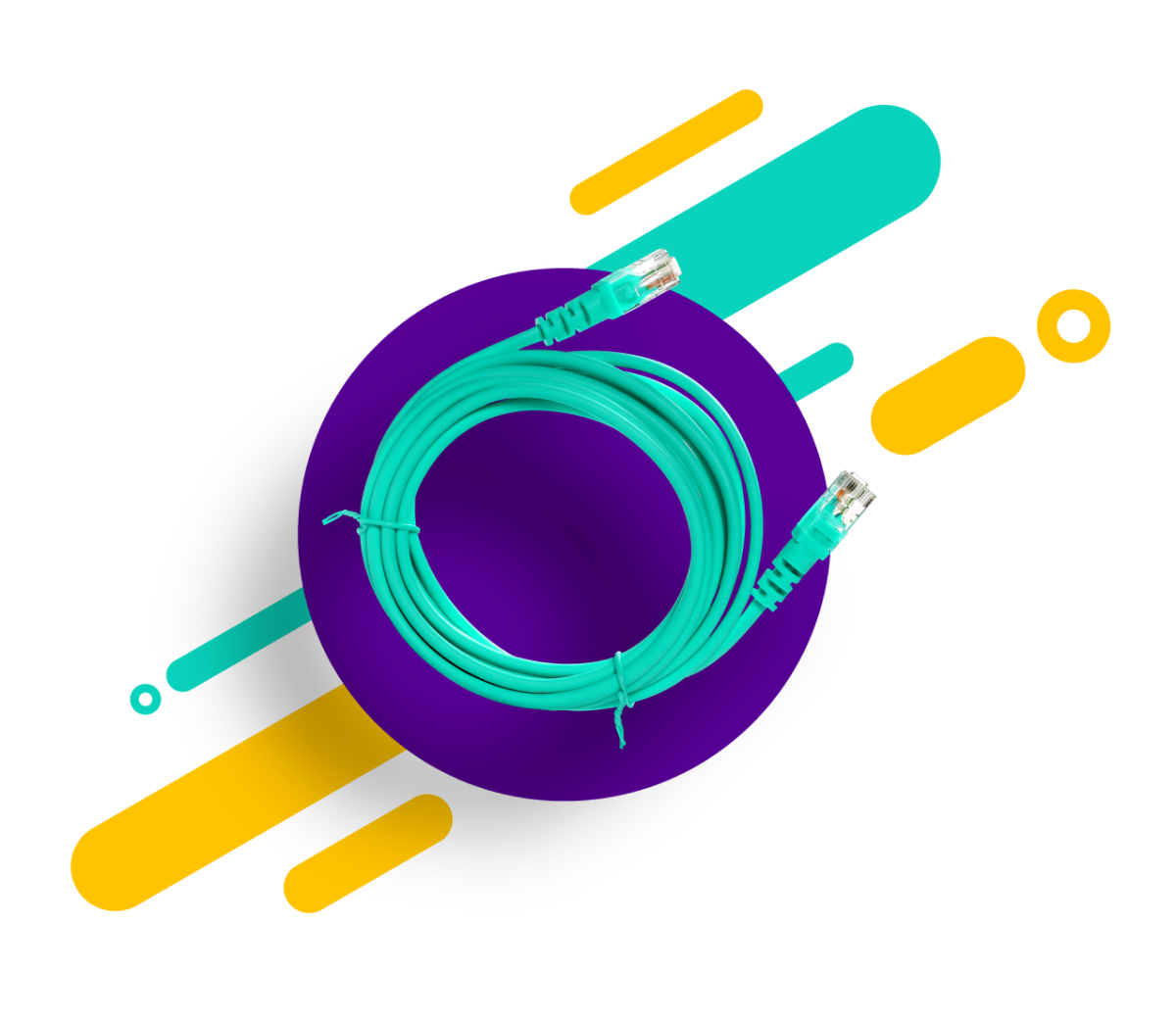What is Network as a Service?
Network as a Service is a cloud-based service model that allows organisations to outsource their networking infrastructure. Instead of building and maintaining their own network components, businesses can rent network services from cloud providers.
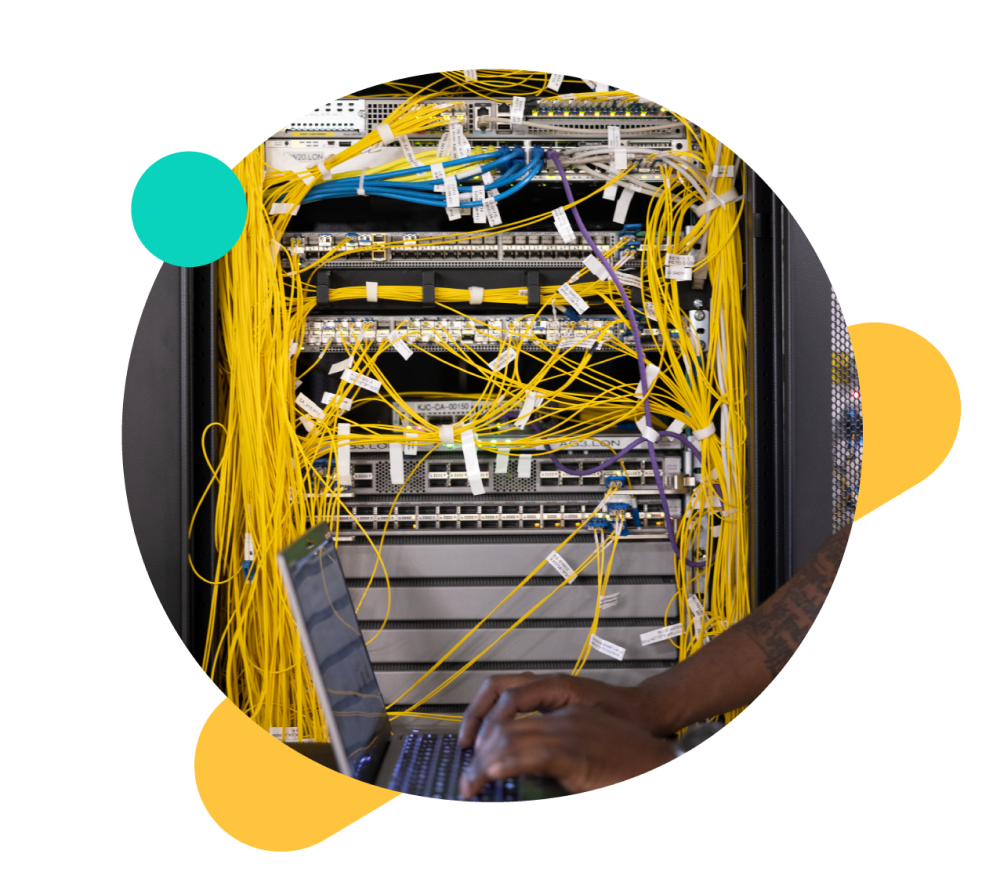
Network as a Service explained
Network as a Service (NaaS) encompasses various elements, including hardware, software, management tools and security features, and signals a market shift away from traditional, hardware-centric networking solutions. Like other 'as a service' solutions, NaaS vendors run all of their networking functions entirely using software (network function virtualisation), to enable companies to build bespoke networks with just an internet connection.
The Network as a Service model represents a major shift in the networking consumption model, drastically reducing the amount of capital expenditure required to roll out an international latency-resistant network, and brings significant cost savings to the end customer due to network providers being able to leverage economies of scale.
In addition, with the increased speed of network innovations, many organisations face significant technical debt in upgrading (and continue to upgrade) their own infrastructure. Standardised network models including virtual private networks, multiprotocol label switching (MPLS) connections and on-premise networking hardware are quickly becoming obsolete. These changes are making it an increasingly attractive option to simply off-load this capability to an external servcice provider, and save on in-house expenditure.
What is driving the adoption of the Network as a Service model?
Much like the drive of network security into the cloud (read our guide to SASE for more information on this), the rise in cloud-based applications as the default for businesses is rising exponentially, driving new challenges and changing user behaviour.
Traditional network topographies, especially when it comes to organisations with many branches or 'entry points', were simply not designed with cloud-first user behaviours in mind. For example, traffic from a number of local branches (in order to stay secure) would be routed to a centralised data centre, creating significant bottlenecks as the demand for traffic increases. Major drivers of the Network as a Service model include:
Businesses globally are facing the challenge of continuing to grow revenue whilst balancing rising bandwidth demands (and therefore costs) in an increasingly dynamic market. The cost to maintain a secure, high-performance network is rising, as are the expectations of end users. Outsourcing a network to a managed service reduces both CapEx & OpEx, and reduces the need for businesses to manage all aspects of a corporate network themselves.
Network as a Service leverages energy-efficient, flexible and scalable technologies, and running virtual network functions in an energy-efficient data centre can massively decrease a network's carbon footprint. Service Providers can continually optimise their infrastructure, with the reassurance of a robust SLA.
As many organisations look towards the convergance of multiple legacy systems to modernised networks, businesses can look to managed service providers to provide automated services, with AI-driven insights enabling easier resource allocation & network efficiency.
MARKET INSIGHT
In a recent Magic Quadrant report, Gartner predicted that global demand for SD WAN will continue to flourish, set to grow at a healthy annual rate of 14% until at least 2026. In addition, they forsee that by 2025, at least 50% of new and refresh deployments of enterprise WAN Edge will utilise Secure Access Service Edge (SASE), up from less than 5% in 2020.
How does Network as a Service impact your existing network architecture?
When looking into a Network as a Service model, it doesn't have to mean that you switch off your existing network overnight. In fact, it would be heavily recommended to look at a piecemeal strategy that can gradually replace parts of your network in order of importance. However, in moving over to a NaaS model, businesses are seeing the following impacts:
What are the challenges of migrating to Network as a Service?
When migrating, organisations should be aware of potential pitfalls. Some common challenges include:
What are the benefits of Network as a Service?
While SD-WAN has many benefits, there can also be implementation challenges. Below, we've listed some of the most common, and how to overcome them:
The provider maintains the network, manages hardware and software upgrades, eliminating the need for intricate network setups. Businesses can align their costs with actual usage.
Today's workers require access to the network from anywhere - home or office - on any device without relying on VPNs. NaaS provides this, alognside multilevel security protocols for a Zero-Trust approach.
Changes are made to the network via software, so IT teams are able to reconfigure networks on demand. Simply purchase more capacity or a new service, with minimal configurement. NaaS can enhance the user experience by providing reliable and high-quality network connectivity.
NaaS makes it possible for Colt to be a single provider for both networking and security services, resulting in a tighter integration of services, and vendor simpliciaty

Stay secure beyond borders
A guide to SASE implementation
With employees working remotely and critical systems moving to the cloud, traditional network perimeters have exploded and businesses need to stay secure beyond borders to enable success. Download the free guide to discover a guide to SASE implementation, to help you find the right pathway for your business.
How does Network as a Service compare to other 'as-a-service' models?
Effective digital infrastructure is the foundation of any connected business. It includes connectivity, cloud, compute, security, storage, SaaS and PaaS applications, and much more. It brings together and interconnects both physical and virtual technologies, and 'Everything as a Service' (XaaS) platforms are building the foundations of modern digital operations.
Software as a Service (SaaS) and Network as a Service (NaaS) are both components of the broader 'as a service' model, but they serve different purposes and offer different benefits.
Software as a Service is a licensing and delivery model in which software is licensed via a subscription, rather than purchased and installed.
Network as a Service is a business model that delivers network service remotely over the internet.
Both models aim to reduce costs, increase scalability and provide flexibility.
Secure Access Service Edge (SASE) is an architectural framework that integrates cloud-based security with the positive aspects of Software-Defined WAN (SD-WAN) technologies. Much like NaaS, SASE hosts its networking functions in the cloud, and combines them with security functions. In many ways, both SASE and NaaS are an example of the changing operational models that many businesses today employ. SASE platforms integrate multiple security functions (including NaaS) which are managed through a unified interface. A good SASE solution most likely incorporates NaaS to some degree.
Software-Defined Networking is a technology that enables network control to be directly programmable, and the underlying infrastructure to be used for applications and network services. SDN is essentially the foundation of virtualised networking, to which NaaS builds upon, and turns into a business operating model.
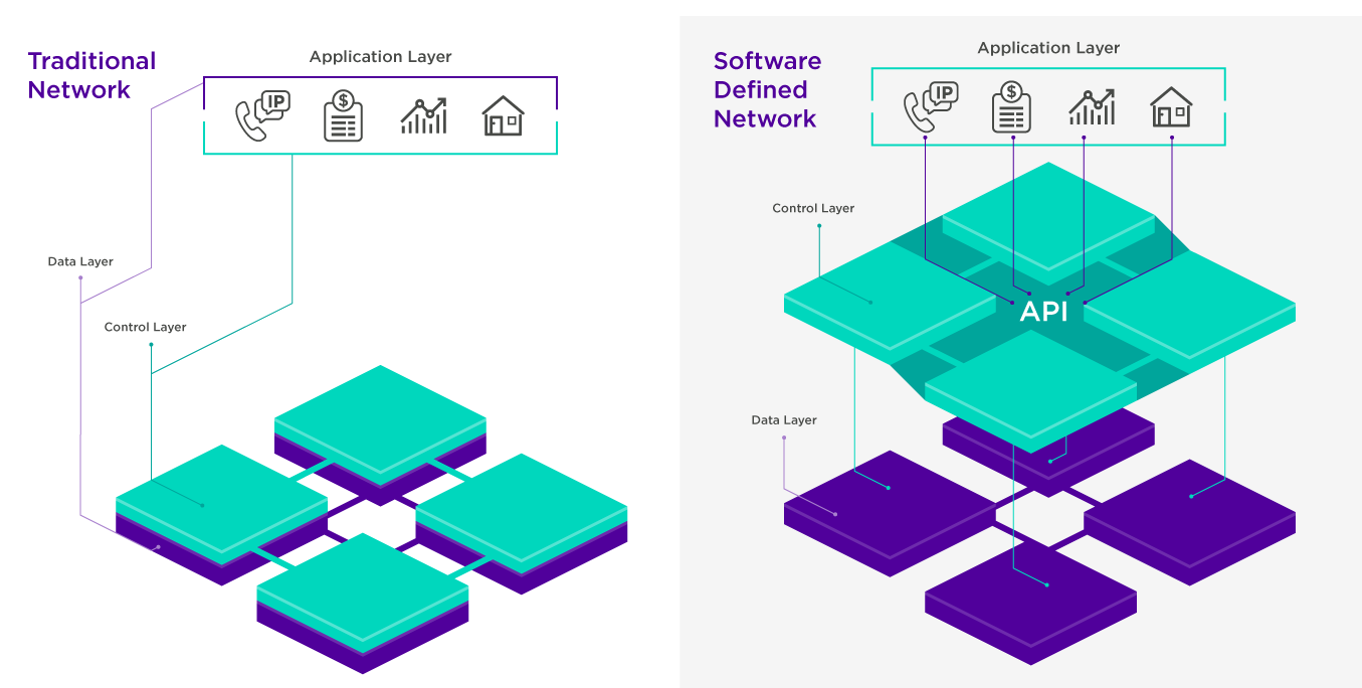
SDN is what enables the NaaS model to exist, but does not require NaaS to exist. NaaS requires traditional physical networking architectures to enable it to function.
Infrastructure as a Service (IaaS) is essentially a terminology used to describe an enterprise cloud service. As a full-service offering, IaaS combines cloud storage, compute and networking on demand, priced on a pay-as-you-go model. IaaS is recommended to companies that have highly dynamic networking needs, where demand can change rapidly, such as retail or entertainment businesses.
Network as a Service is essentially Infrastructure as a Service, but without the compute and cloud storage. NaaS is ideal for companies wanting to reduce CapEx, struggle to internally manage complex networks, as well as outsource high-performance applications to a provider with a high-performance SLA.

Introducing Colt On Demand
On Demand is Colt's Network as a Service platform, which provides real-time and flexible connectivity between data centre & enterprise locations, major cloud providers and the public internet. We now support enterprise locations that are server by our carrier partners as well as locations that are connected directly to the Colt fibre network.
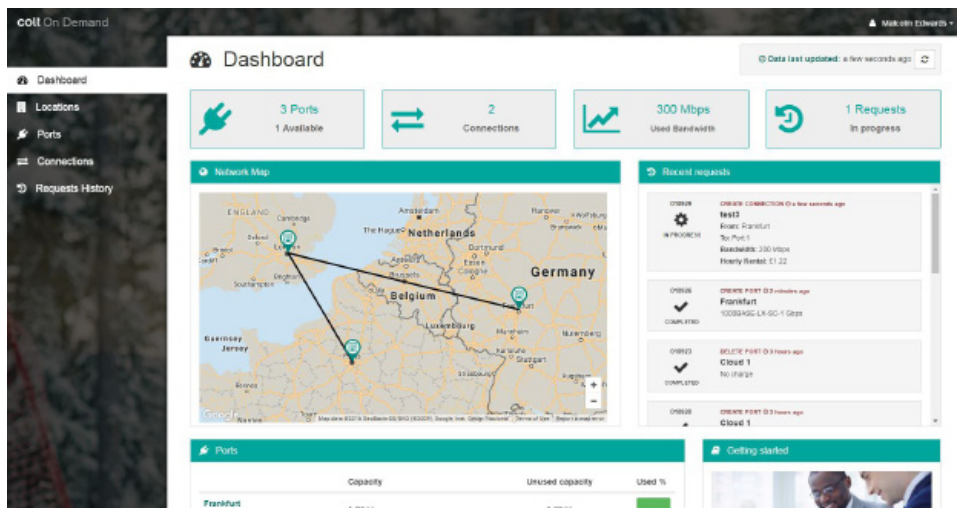
See for yourself
See how the portal works in five minutes
We've put together a free, self-serve guided walkthrough of the On Demand portal, so you can see how easy it is to take control of your network. Get connectivity in minutes, not months.
Secure Access Service Edge
SASE is a cloud-based framework that seamlessly integrates software-defined wide area networking and Zero Trust security solutions. If you want to learn more about SASE, we've covered it extensively in our SASE Explained guide.
The goal of SASE is to deliver the optimum user experience for cloud-based applications without sacrificing security. With such a variety of options available to accelelerate your digital transformation, comes a broad scope of considerations. We sat down with Colt's Security Product Manager, Mark Bales, who describes how to navigate these solutions below:

